Using Petroleum Jelly for Haircare
Introduction:
Petroleum jelly, often known as Vaseline, is a multipurpose substance that has been used in homes for over a century. While it is well known for its skin benefits, its potential in hair care is sometimes underestimated. This blog article discusses the different ways soft paraffin may improve your hair care regimen, including advice, examples, and case studies to illustrate its efficacy. Whether you want to nourish your scalp, prevent your hair from damage, or encourage growth, petroleum jelly might be the answer.
History and Composition of Petroleum Jelly
The Origins of Petroleum Jelly
A Brief History
Robert Chesebrough developed petroleum jelly in 1859 after he witnessed oil workers using oil rig waste to cure their skin. Chesebrough improved this material and patented Vaseline in 1872. Since then, it has been utilized for a range of skin and hair care applications.
Composition and Properties
Petroleum jelly is a semi-solid blend of hydrocarbons obtained from petroleum. Its distinctive features include water-repellency, odorlessness, and non-reactivity, making it an excellent barrier and moisturizer.
How Does Petrolatum Work?
Moisturizing Effect
Petroleum jelly produces a protective layer on the skin and hair, retaining moisture. This may help to prevent dryness and breakage while keeping hair healthy and nourished.
Protective Barrier
Petroleum jelly protects hair from environmental damage by establishing a barrier against wind, pollution, and sun exposure. It may also help protect hair from the damaging effects of heat-styling appliances.
Advantages of Petrolatum for Haircare
Moisturizing the scalp
Hydration Benefits
A well-moisturized scalp promotes healthy hair development. Petrolatum may assist in relieving dryness and flakiness, lowering the risk of dandruff and other scalp disorders.
Example:
Applying a tiny quantity of petroleum jelly to your scalp before bedtime will help keep moisture in. Massage it in gently, let it sit overnight, then wash it off in the morning.
Case Study of Maria’s Scalp Transformation
Maria had dealt with a dry, flaky scalp for years. After introducing petroleum jelly into her nighttime regimen, she observed a dramatic improvement within a month. Her scalp felt more nourished, and dandruff was much decreased.
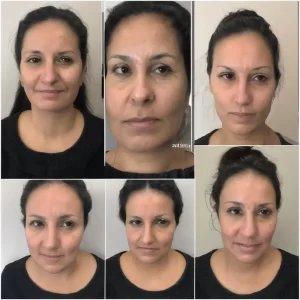
petroleum jelly uses in lip balm manufacturing
Protecting Hair From Damage
Protection against Heat and Chemicals
Petroleum jelly may function as a barrier against heat-styling equipment and harsh chemical treatments, reducing damage and breakage.
Example:
Before using a curling iron or straightener, add a small quantity of petroleum jelly to the ends of your hair to protect it against heat damage.
Case Study: Sarah’s Hair Revival
Sarah enjoyed experimenting with various hair colors and styles, but she saw her hair getting brittle and damaged. Over six months, utilizing petroleum jelly as a protective barrier before heat styling and chemical treatments significantly enhanced the health of her hair.
Promoting Hair Growth
Promotes Healthy Growth
While petroleum jelly may not directly promote hair development, its moisturizing and protecting characteristics provide an ideal environment for hair growth.
Example:
Regularly applying petroleum jelly to the scalp and hair may assist in creating a healthy environment for hair development. It moisturizes the scalp and protects new growth from harm.
Case Study: David’s Growth Journey
David’s hair was thinning and he was looking for strategies to promote its growth. Over a year, he discovered that adding petroleum jelly to his hair care regimen made his hair thicker and stronger.
incredible uses of Vaseline | petroleum jelly
Guidelines for Using soft paraffin in Your Hair Care Routine
Proper Application Techniques
How To Apply
Using soft paraffin (petroleum jelly) in moderation is essential. Too much might leave your hair oily and difficult to wash. Apply a tiny quantity to your fingers and gently massage it into the scalp or hair ends.
Example:
Begin with a pea-sized quantity and increase as required. Concentrate on regions that are very dry or damaged.
Case Study: Lisa’s Balanced Approach
Lisa originally applied too much petroleum jelly and found it difficult to remove. After reducing the quantity, she received the desired moisturizing effect without the greasiness.
Combining Petroleum Jelly and Other Products
Mixing with Essential Oils
Combining petroleum jelly with essential oils such as lavender or tea tree oil may increase its effectiveness. These oils have both nutritious benefits and lovely smells.
Example
Apply a few drops of lavender oil and petroleum jelly to the scalp for a relaxing and hydrating treatment.
Case Study: Emma’s Enhanced Routine
Emma combined petroleum jelly and tea tree oil to treat dandruff and discovered that her scalp’s health improved significantly. The mixture had both hydrating and antifungal properties.
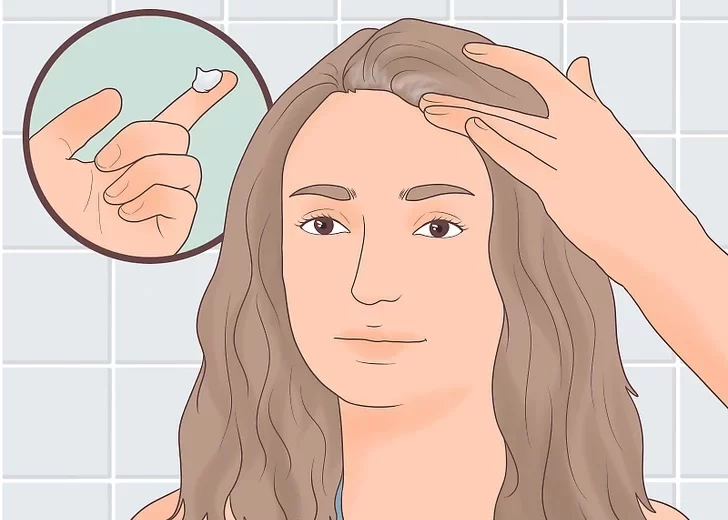
Common Concerns and Myths About Petroleum Jelly
Greasiness and buildup
Addressing the Issue
While petroleum jelly can be greasy, using it sparingly and washing your hair thoroughly can help prevent buildup. It’s critical to balance the amount used according to your hair type.
Example:
To avoid a greasy appearance, apply petroleum jelly only to the hair’s ends or specific dry patches.
Case Study: John’s Fine Hair Dilemma
John had fine hair and was concerned about greasiness. He maintained a healthy shine without heaviness by applying a small amount and focusing on dry areas.
Compatibility with various hair types.
Universal Benefits:
Petroleum jelly may assist all hair types, from wavy to straight, although the application technique may differ. You must tailor the application to your specific hair needs.
Example:
For curly hair, use petroleum jelly to define curls and minimize frizz. For straight hair, apply it to the ends to prevent split ends.
Case Study: Rachel’s Curly Hair Success
Rachel suffered from frizz in her curly hair. By using petroleum jelly to define her curls, she created softer, more manageable hair.

Conclusion
Petroleum jelly is a flexible and efficient solution for various hair care concerns. From hydrating the scalp to preventing hair from damage and encouraging growth, its advantages are many. By introducing it into your regimen wisely and in conjunction with other products, you may get healthier, more vivid hair.
About Us
At Navid Noor, we are devoted to offering high-quality hair care products that respond to your requirements. With an emphasis on natural products and creative solutions, we try to help you accomplish your hair objectives. Our team of professionals is always accessible to provide tailored guidance and assistance. Read more about our journey and dedication to excellence in our products.
the largest producer of cosmetic petroleum jelly

This is Kamran Malekian working in the petroleum jelly manufacturing industry for Navid Noor Company since 2013 I am eager to make content in this industry and have a good impact on professional users and people using cosmetic and pharmaceutical products.
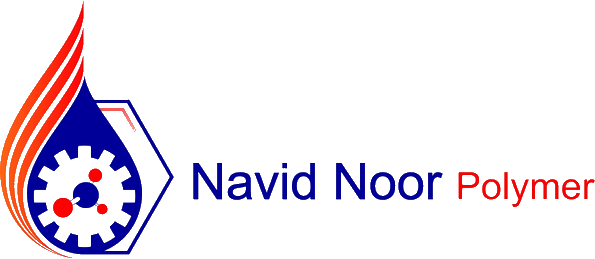
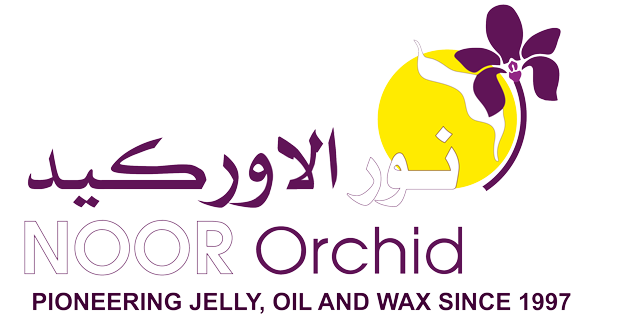





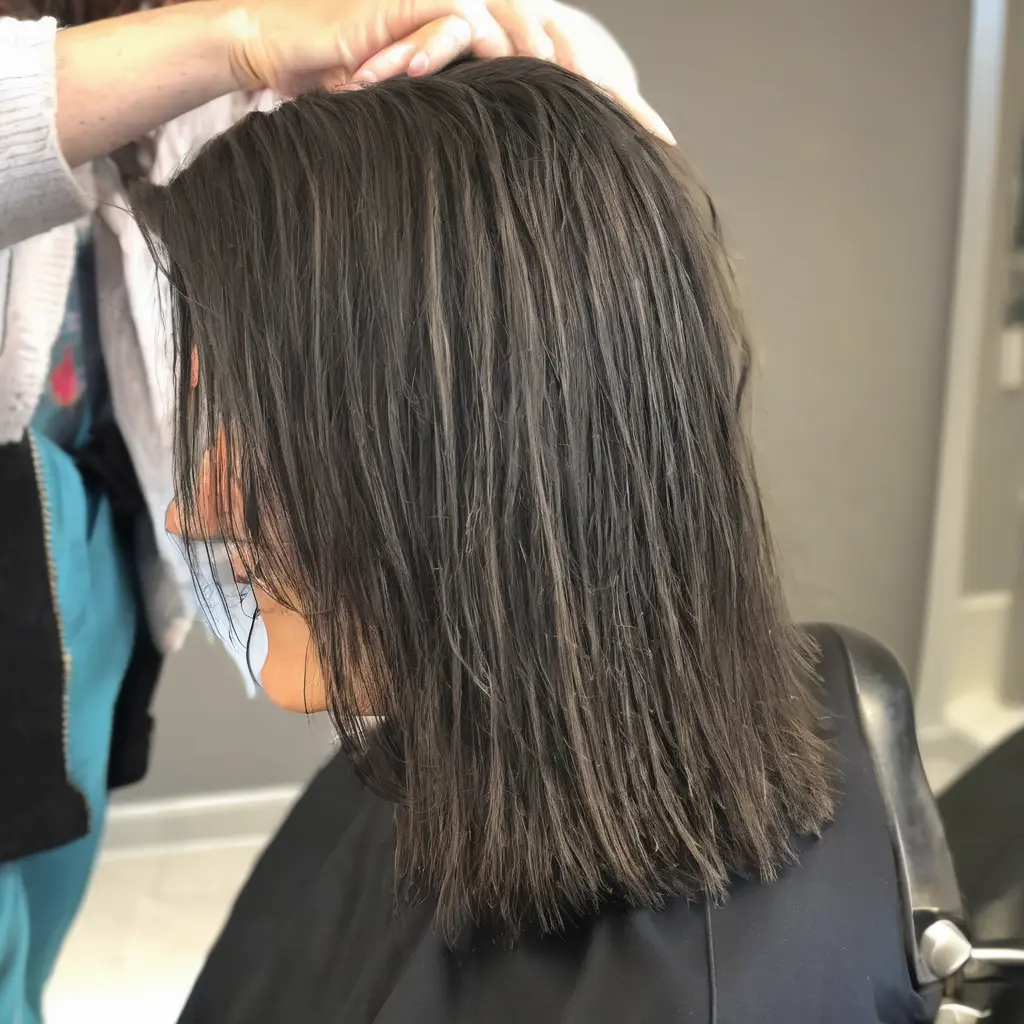
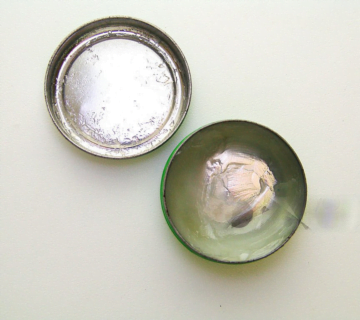
[…] The Advantages of Using Petroleum Jelly for Haircare […]
[…] The Advantages of Using Petroleum Jelly for Haircare […]
[…] Using Petroleum Jelly for Hair […]